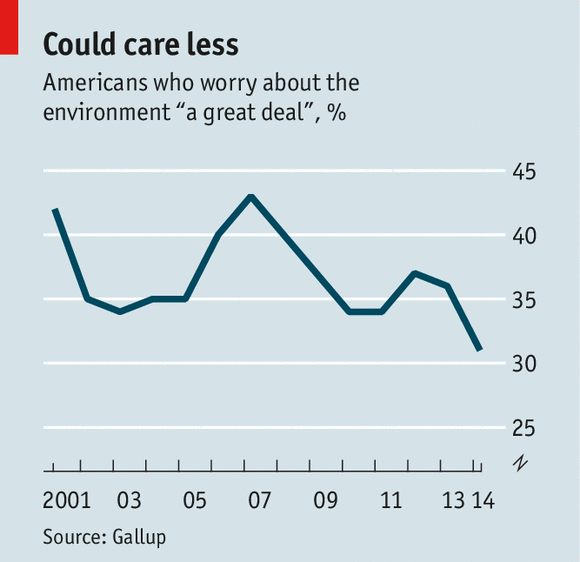Why you need a climate change portfolio
Post on: 14 Июль, 2015 No Comment

Analysis & Opinion
CHICAGO (Reuters) — Whether you believe in man-made global warming or not, it’s undeniable that trillions of dollars will be spent on technologies to address the collateral damage of climate change.
Superstorm Sandy has just provided a tragic and devastating exclamation mark to the ongoing discussion of climate change and its link to extreme weather.
There are a number of ways to invest in industries that are seeking solutions to climate-caused problems. Several global companies, insurers and institutional investors accepted the idea some time ago and are investing for the future. Even investors who haven’t signed on to the idea of man-made global warning may find some sectors or companies to like.
While estimates vary widely, the impact of climate change on the world economy may be at least $4 trillion by 2030, according to Mercer LLC, a global financial consultant. Countries — particularly those in the euro zone — are responding to global warming by reducing the amount of carbon dioxide and other greenhouse gases through greener energy policies and taxes.
Extreme weather has cost the United States some $67 billion resulting from 21 devastating events since the beginning of last year alone, according to the National Oceanic and Atmospheric Administration. And that does not include the total tally of losses from this summer’s drought or Sandy.
Higher global temperatures translate into a greater intensity of hurricanes, floods, ocean storm surges and thunderstorms in certain regions while other areas will be hurt by droughts, according to the Intergovernmental Panel on Climate Change, an international research group. That means more disaster-related losses, water- and agriculture-related problems and more variability in weather patterns.
Some areas will be deluged while others parched. Witness this summer’s Midwestern drought and Sandy’s recent wrath. What climate experts previously thought would happen only once in a century is happening much more often.
A strategic position in key companies and exchange-traded funds will help reduce the climate change risk your portfolio faces by acknowledging the perils of the problem and its impact on global infrastructure, water supplies and energy production.
How do you sensibly and ethically invest in companies that are connected to catastrophes? Since I’m solution-oriented, I prefer companies in clean no-carbon energy, water reclamation, energy management and conservation, green transportation and agricultural technology. Entire industries are adapting to the impact global warming is having on energy and food production, infrastructure and transportation.
It is easy to become over-focused on any one of these promising technologies and buy individual stocks to build your own portfolio. This is the riskiest approach. That’s why I gravitate towards more broad-based approaches in exchange-traded funds.
Want to concentrate on a specialized strategy such as water delivery and reclamation? The PowerShares Global Water ETF holds water-oriented giants like Veolia Environnement and Waters Corp.
For a broader approach that combines a global warming orientation with clean energy, consider the Market Vectors Alternative Energy ETF, which holds a variety of energy, water and utility companies. The PowerShares Cleantech Portfolio includes some of the major players across six sectors including information technology, health care and consumer discretionary stocks.

Are you concerned about feeding the world’s growing population? It’s estimated that agriculture-related output may be responsible for up to 29 percent of greenhouse gas emissions, according to the research group CGIAR. That means a greater need for new agri-technologies, fertilizers and sustainable farming. The Market Vectors Agribusiness ETF offers a sampling of agri-tech, fertilizer and processing companies like Archer-Daniels Midland.
For those who would rather invest directly in companies, here are some sector leaders: Clean technology includes solar panel makers like First Solar, while energy management includes giant engineering firms like Siemens AG and ABB Ltd.
Many of the solutions-oriented companies are working on perennial problems that existed long before anyone was focused on global warming and often need fixing after major storm events.
The aging electrical grid, for example, is an infrastructure that is more than 100 years old in many places and needs to be updated. Companies like Roper Industries and ESCO Technologies are working on a new generation of electrical delivery systems that will make distributed power more reliable.
Don’t expect any quick profits from any of these stocks or funds. As with any concentrated positions, they also tend to be more volatile than total-market index funds and fall in and out of favor with institutions on a regular basis. The Cleantech portfolio, for example, is down 2 percent over the past three years through September 29.
Like climate change, they will evolve over long periods of time, although for millions, their promised solutions can’t come soon enough.
(The author is a Reuters columnist and the opinions expressed are his own For more from John Wasik see link.reuters.com/syk97s )














